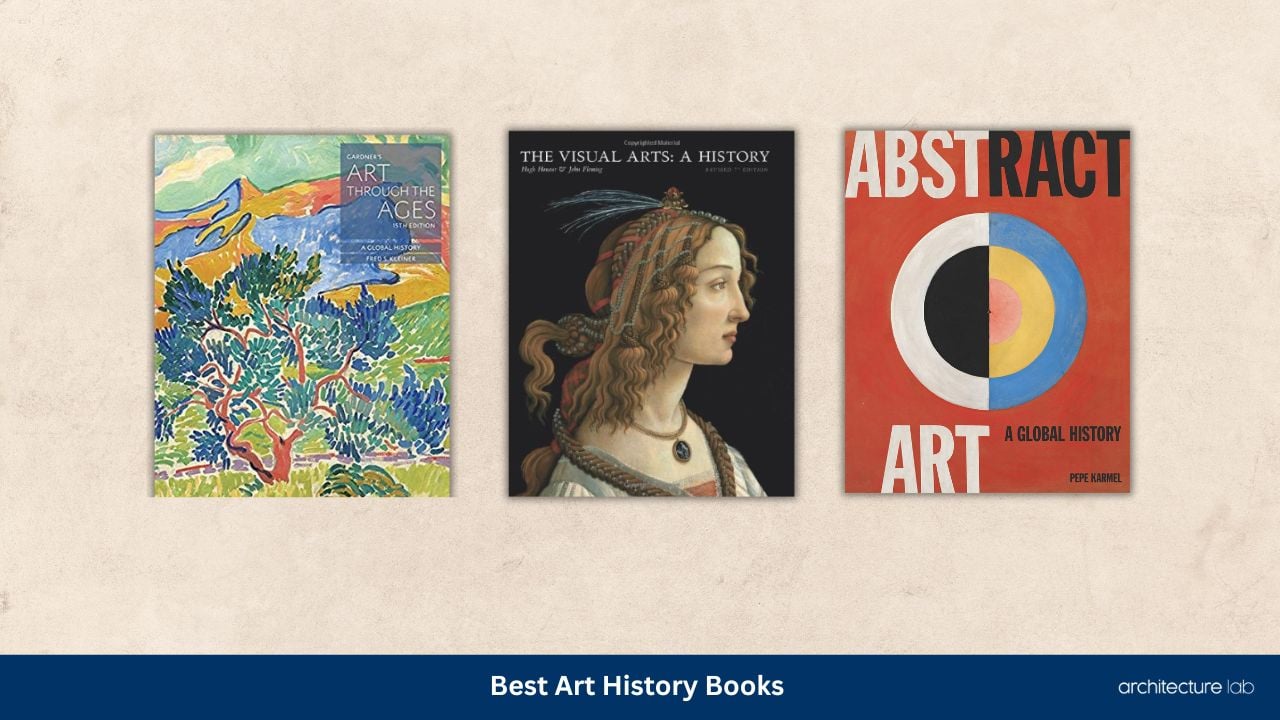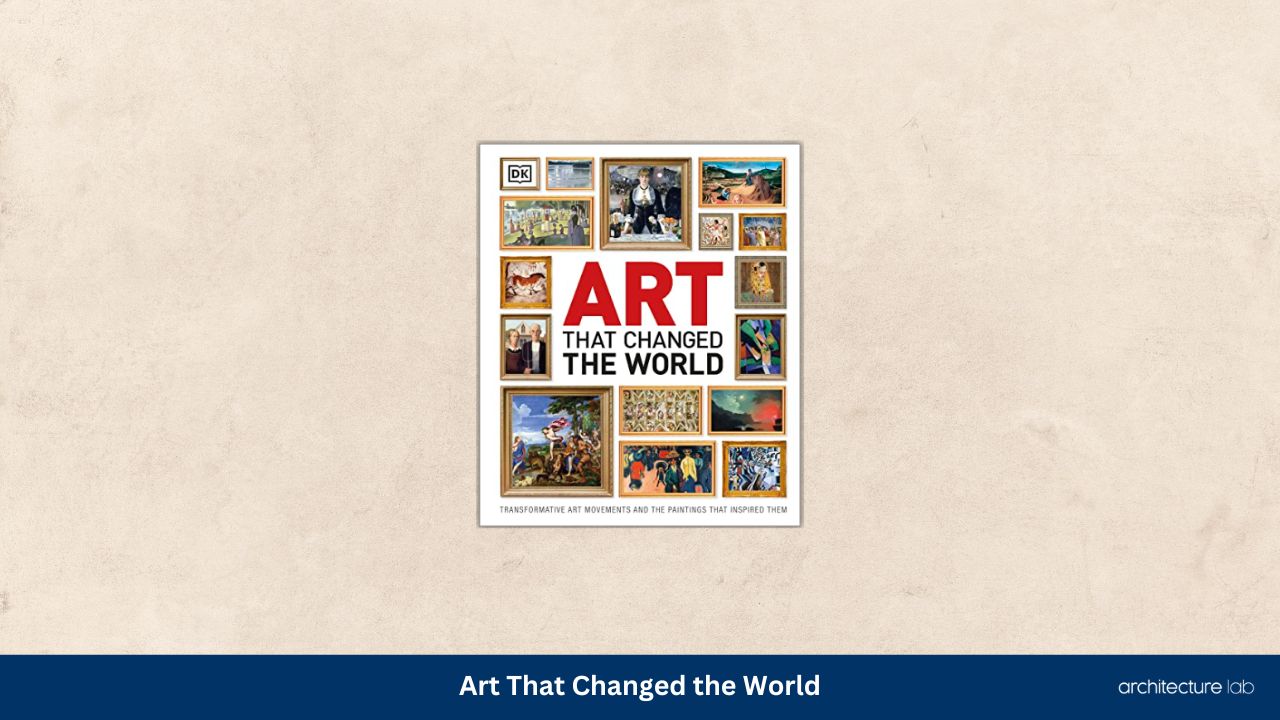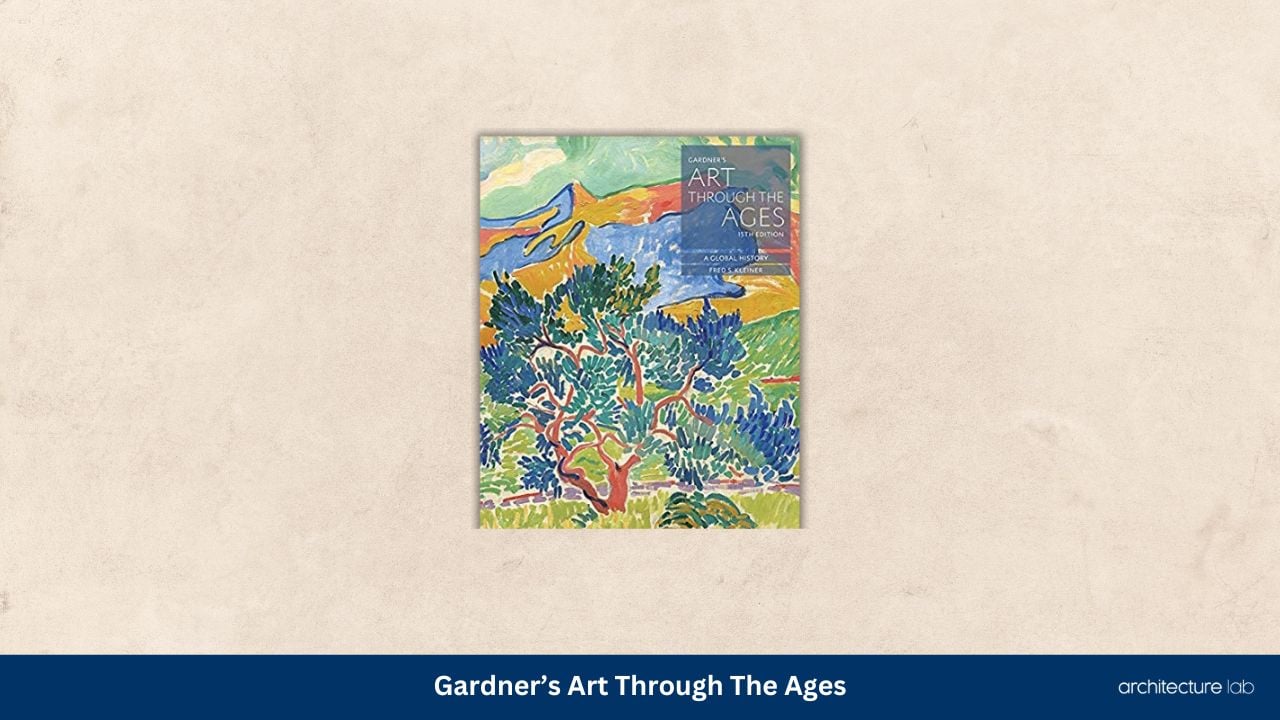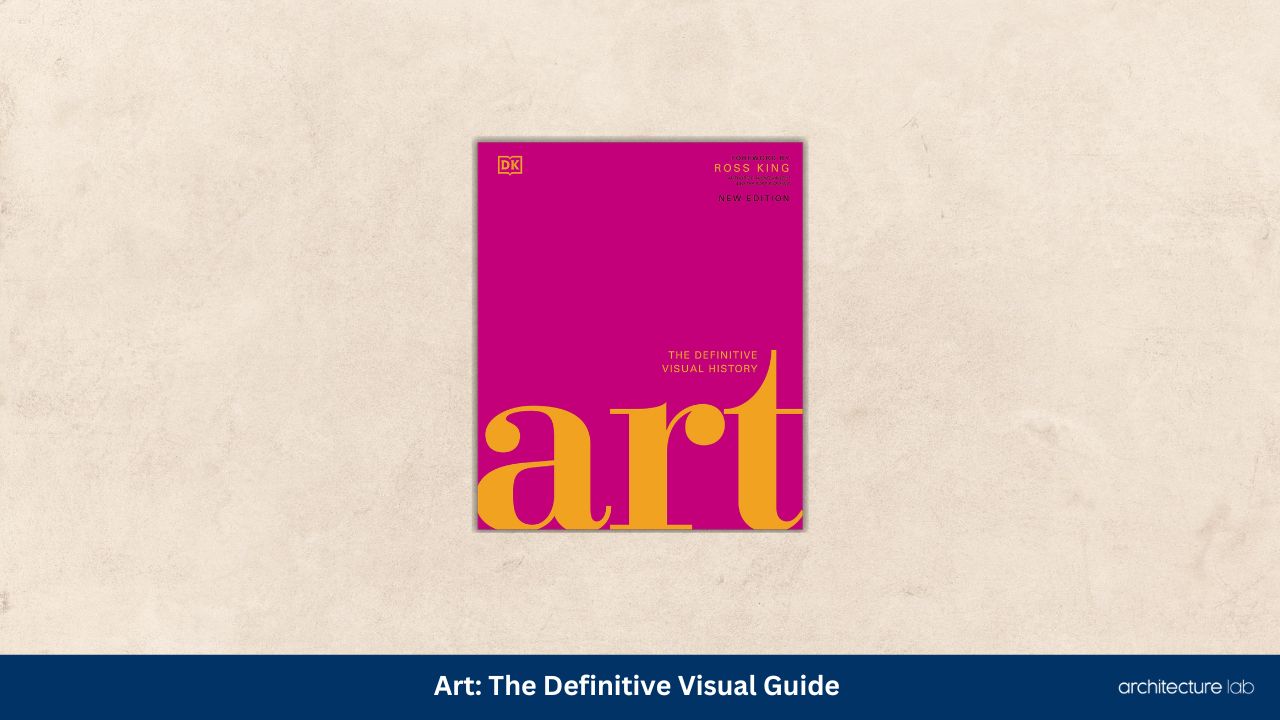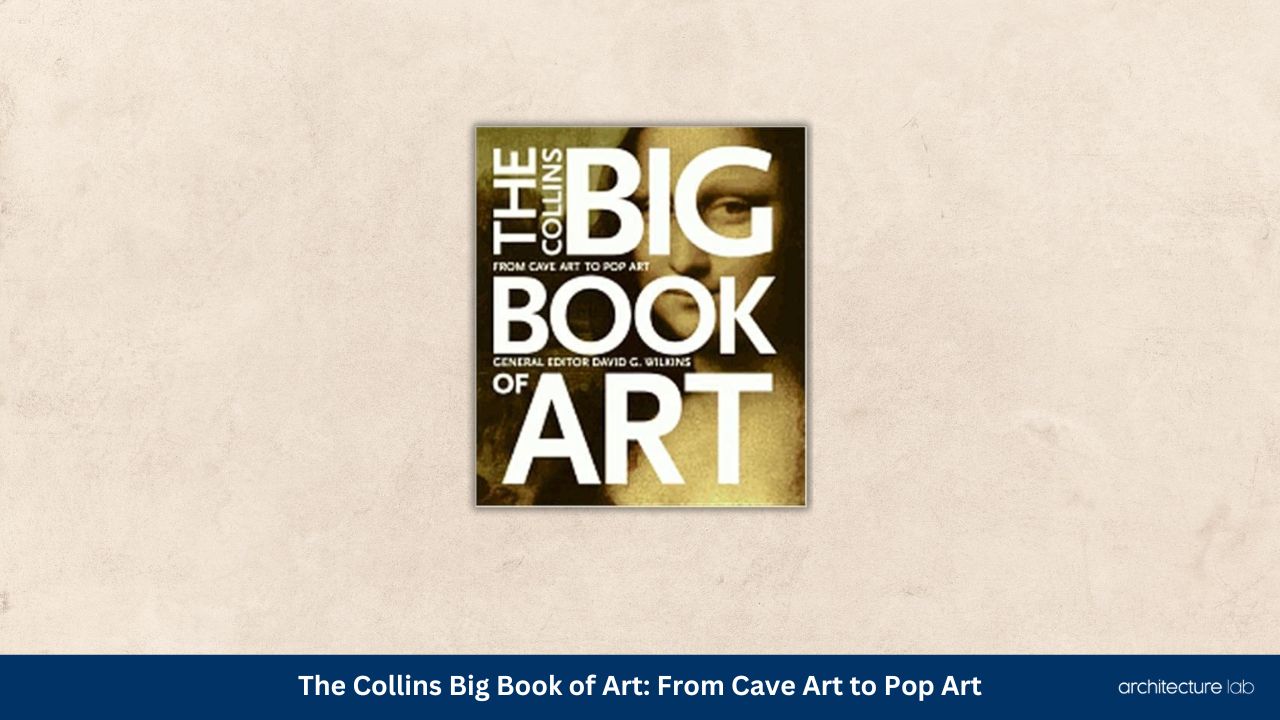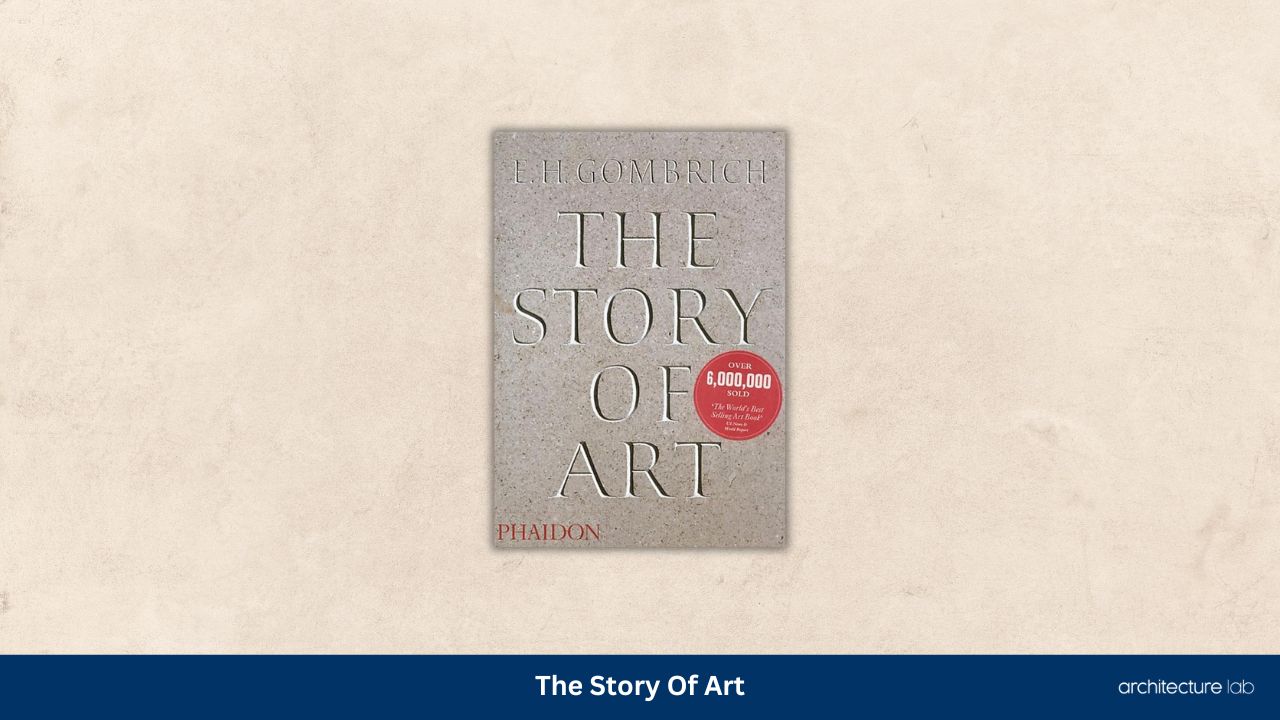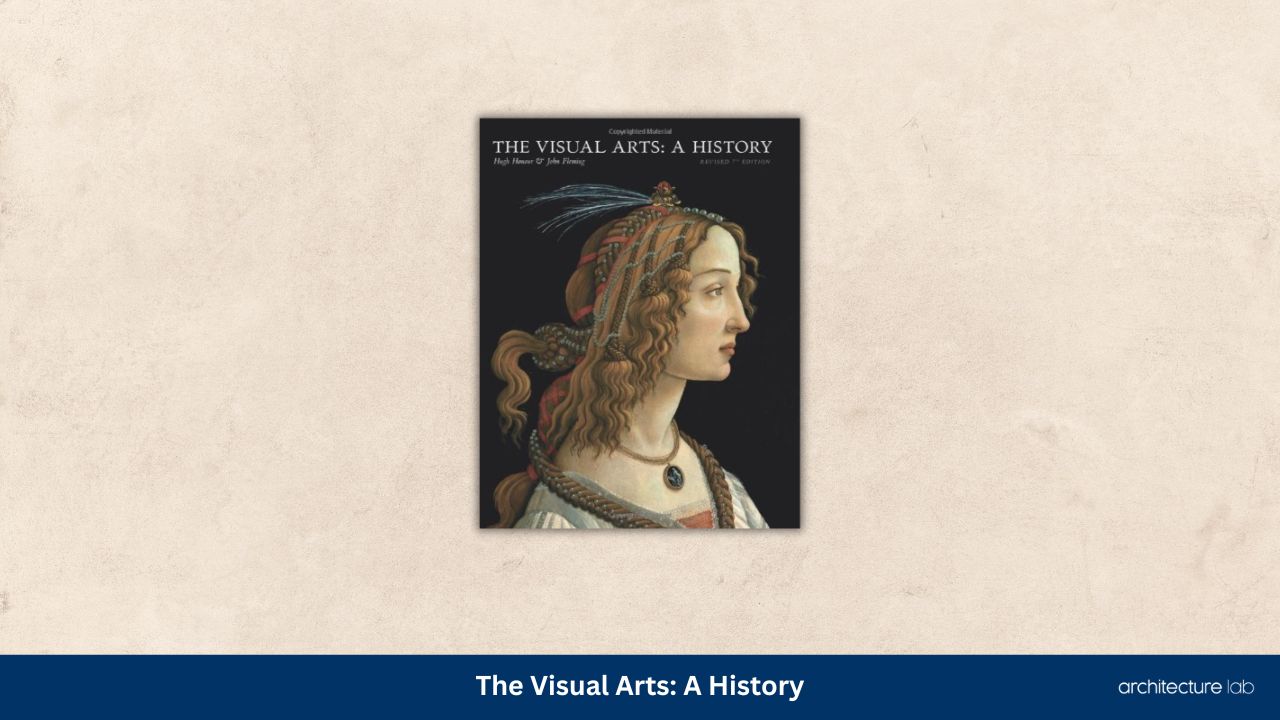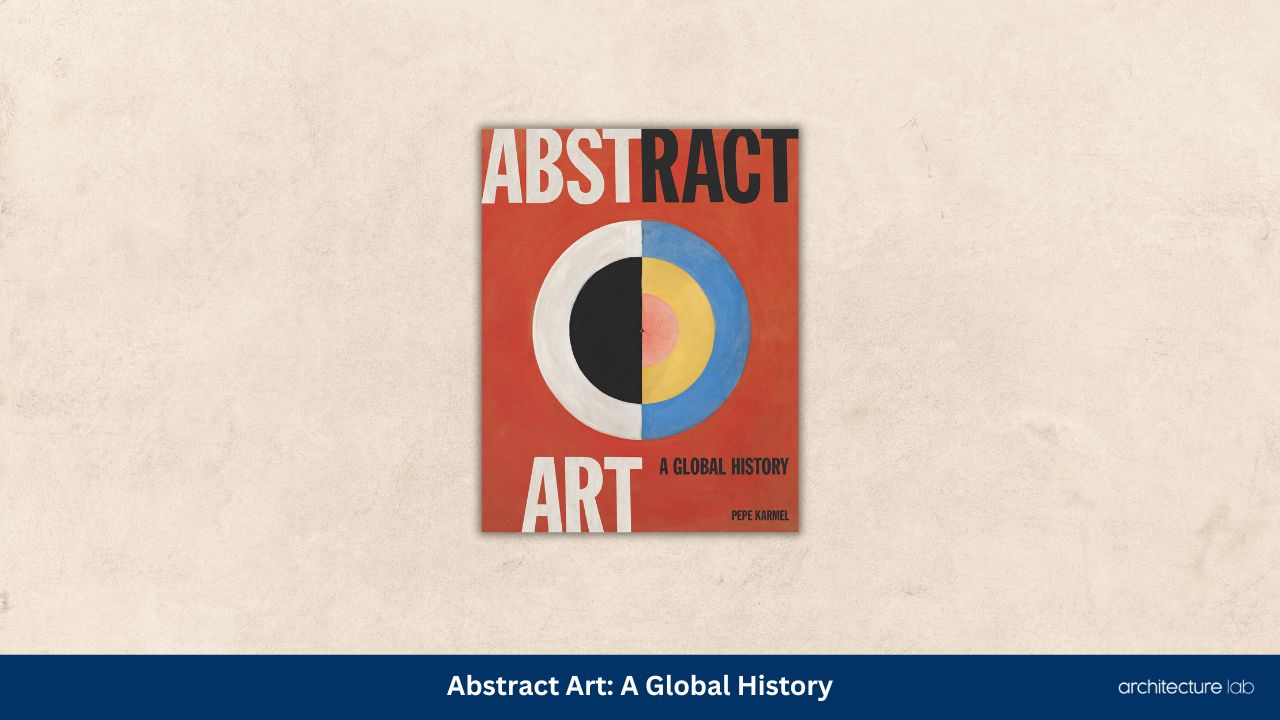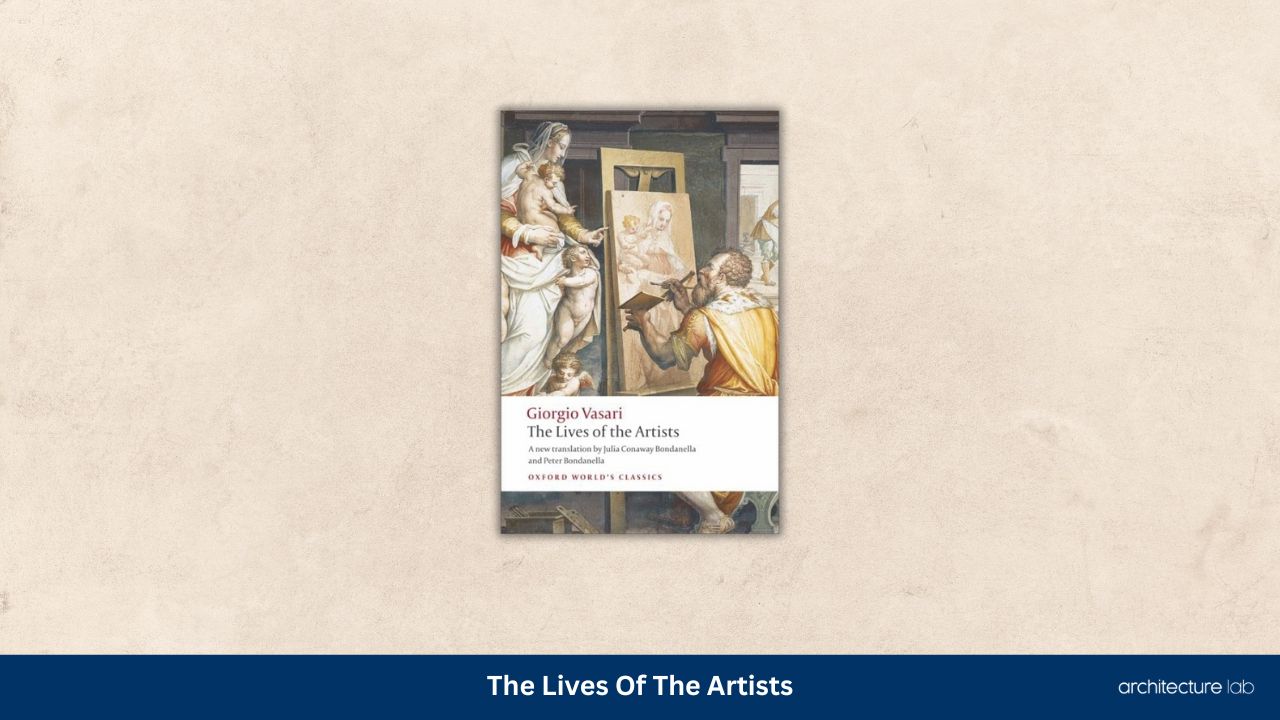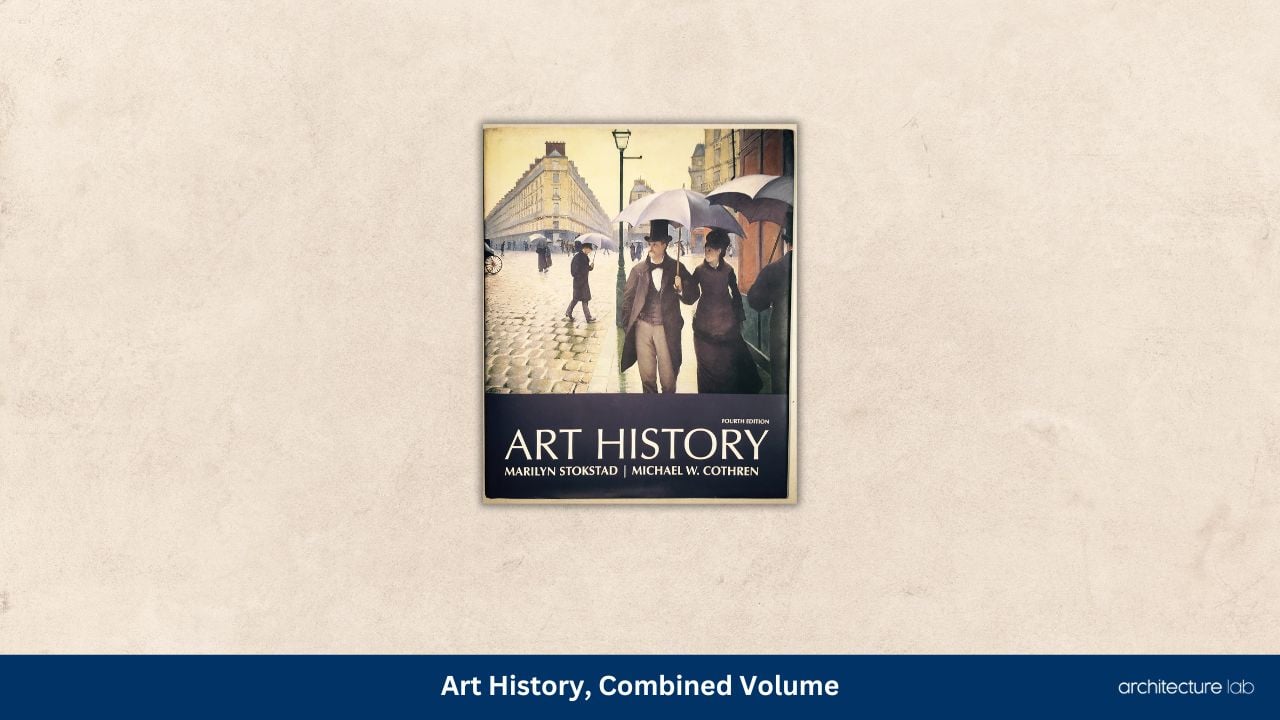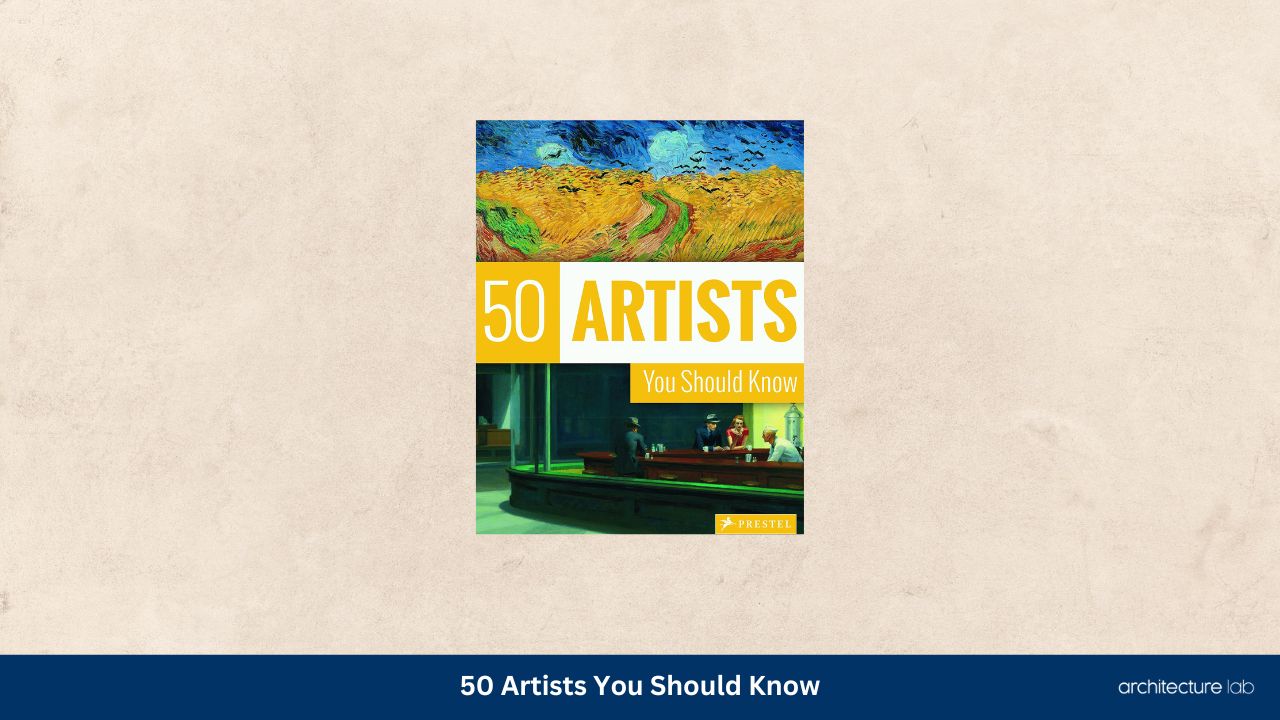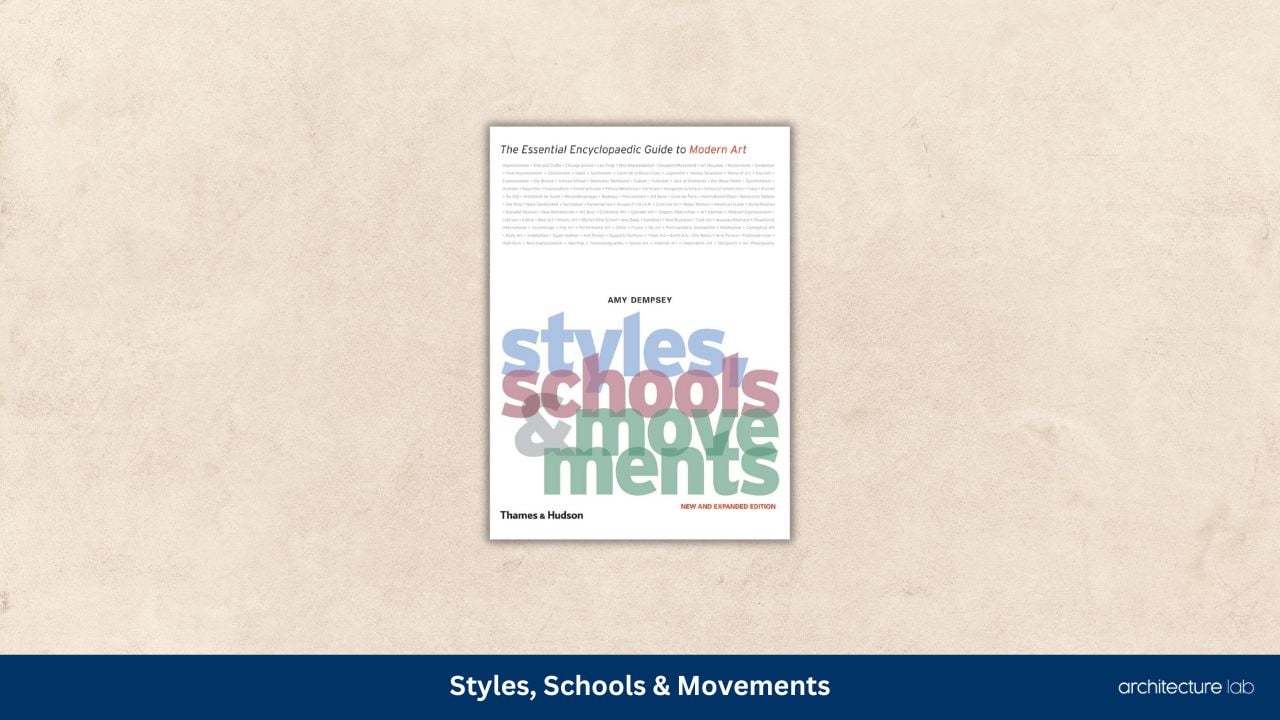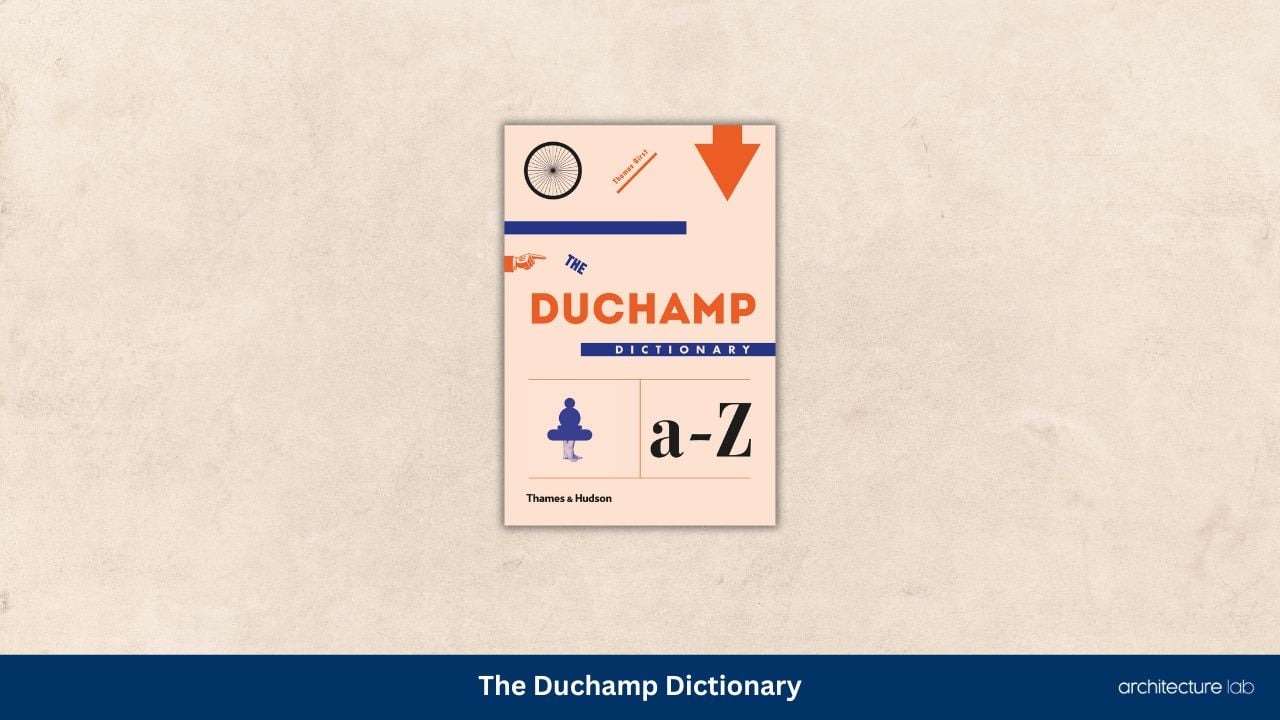Are you an art history student or just a book lover looking to explore this vast yet exhilarating world of art?
Whoever you may be, having a perfect art history book is just as important. Art history’s a broad topic that embraces almost every aspect of human history and society. From its beginning, art has always been a medium for communication and presented new views and values to the world.
Exploring the vastness of art and its rich history can seem daunting for anyone. However, capturing the knowledge can surprisingly be very attainable with the right book in hand. As famously quoted by Ralph Waldo Emerson, “every artist was first an amateur.”
The sheer variety of approaches taken by art historians and authors for studying visual expression can make selecting an appropriate book to meet your interests and needs quite bewildering. But don’t worry, we have curated a comprehensive list of books that have presented history through multiple lenses.
So, without further ado, let’s get in.
Best Art History Books
Whether you’re a student, a professional, or just curious, here is the list of the 12 best art history books to get you started.
1. Art That Changed the World – Best for Comprehensive Art History
“Art that changed the world,” written by Lorrie Mack and Caroline Bugler, is your A to Z guide to art. Through this book, the authors have tried to tell the story of every major art movement and the painting style emerging from them.
It also provides a detailed visual timeline showing transitions and events that shaped art history.
Get ready to engross yourself in the history of art through a unique guided tour.
From Monet and Michelangelo to Picasso and Damien Hirst, you will get to know more than 700 most important artists.
Discovering thousands of iconic paintings, sculptures, and other artworks by these artists, which shook the course of the art world across centuries, will be a delight for art lovers.
By reading this book, you will learn about the rich art history and the influencing factor behind each of the existing art trends. It is a must-have piece for your bookshelf, being an indispensable piece of a reference art book for art lovers worldwide.
2. Gardner’s Art Through The Ages – Best for Beginner Art Historians
“Gardner’s Art Through The Ages” is an American history of art textbook for beginners.
Its latest edition (2004) was written by Christin J. Mamiya and Fred S. Kleiner, and the previous one, i.e., the 2001 edition was awarded both the Texty Award for current editions and the McGuffey Award for longevity.
The first edition of this book written by Helen Gardner was published in 1926.
All its editions present the art evolution timeline chronologically, beginning from “The birth of art” in the Upper Paleolithic period, which continued to evolve until the contemporary period.
Since its launch, this book has been a go-to source of knowledge for aspiring art historians.
In fact, it’s one of the most widely read art history books that have covered each of the periods and locations in a detailed fashion.
Along with that, famous artists who lived during each period and the styles they adopted have been reproduced with the highest standard of color fidelity and clarity.
It also includes a unique scale feature that will allow you to visualize the actual size of artwork shown in the book. Also, it provides budding art historians with a unique learning experience.
3. Art: The Definitive Visual Guide – Best for Visual Appeal
“Art: The Definitive Visual Guide” is an ultimate artistic journey across time. This book, written by Andrew Graham-Dixon, presents you with a trip through time by providing comprehensive information of art movements throughout history.
It starts from Italian Renaissance and Greek classical art to masters of Impressionism and pre-raphaelites. The piece also serves as a valuable reference art book for any art lover!
From cave paintings to pop art, this mesmerizing and visually appealing book explores unparalleled insight into the world’s most iconic artworks.
Through an in-depth analysis, it presents a unique opportunity to intricately understand the paintings by more than 7000 famous artists, like Leonardo da Vinci, Van Gogh, Picasso, and Monet. You will get to know about each artist’s origin, influences, and techniques through this reference book.
The author has provided an introductory chapter named “Looking at art” for your convenience. This chapter will enhance your art knowledge through the art vocabulary and vision of an artist before you dig deep into art history.
4. The Collins Big Book of Art: From Cave Art to Pop Art – Best for Easy Reference
“The Collins Big Book of Art” is a comprehensive yet beautiful and unusual book of art history for art enthusiasts. Irrespective of the knowledge or purpose of the reader, this book can be an accessible entree for anyone.
It will provide you with a new and different reading experience altogether by engrossing you with its rich visuals of several art forms and analyzing the history behind each of them. In this manner, the reader has a clear understanding of the reason behind the art movement that took place over history and how the different art styles have evolved over the years.
It has represented more than 1200 artworks, from cave paintings to modern art. Plus, it serves both as an educational and a gorgeous coffee table book that has been thoroughly cross-referenced and includes several sections that ensure you are learning about art in a step-by-step manner.
A chronology spans the entire history stepwise, from 38000 BC to the present. The art book covers artworks from all around the world that have been compared in historical context, and each is labeled with country, date, size, materials, artists, and other such relevant factors.
Additionally, each artwork is tied to key themes and movements, thoroughly explained later in the book.
With an engaging presentation and easy navigation, this art book will inspire, inform and entertain art lovers at any level of appreciation and understanding.
5. The Story Of Art – Best for Clarity and Simplicity
One of the most popular and famous art books ever written, “The Story of Art,” has been the world’s bestseller for the last few decades. Written by E.H. Gombrich, the clarity and simplicity of the contents are suitable for people of all ages and backgrounds.
First published in 1950, this art history book is considered a work of art criticism and vivid introductory knowledge of visual arts. It is divided into a total of 27 chapters along with separate introductory and concluding chapters.
Each chapter deals with a specific period in history with several movements and the concluding chapter summarizes the development of visual arts over time.
The first chapter examines native cultures and prehistoric art, and the next four are dedicated to ancient Greece and Rome culture.
In chapter 8, the focus shifted towards medieval art, which progressed further to the late 18th and early 19th centuries in France, America, and England art.
One of the most striking features of this book is the number of illustrations presented. More than 50% of the pages are devoted to color photographs of artworks, sculptures, drawings, and architecture.
In this manner, Gombrich is able to engross his readers in the subject through his unique gift of communicating.
With repeated published editions, publishers have tried to improve and redesign the book. In the latest edition, complete illustrations have been colored and enhanced. Furthermore, its texts have been updated and revised, where appropriate.
6. The Visual Arts: A History
Written by Hugh Honour, “The visual arts: A History” has served as a classical introduction to the artistic heritage of humankind. From the Paleolithic age to the digitized present, every culture, and continent has its own art form, which Hugh has intricately presented in this book.
It’s a relevant read if you are a budding visual artist and are willing to gain an in-depth insight into the history of visual art.
In the current edition (i.e. 7th), Michael Archer, a contemporary historian, has considered the up-to-date contemporary art form. He has also reflected on the latest developments in art that will continue to shape our cultural history.
7. Abstract Art: A Global History
A leading authority on this subject, Pepe Karmel shares his fresh new perspective on understanding abstract art and its persuasive and lavishly illustrated history.
In his book “Abstract Art: A global history,” Karmel moves beyond the canonical terrain of the form of art to demonstrate how artists have used abstract imagery to express cultural, social, and spiritual experiences.
This book has expressed the abstract into five broader themes, including landscapes, body, cosmology, body, and artificial patterns.
In this process, the history of the art form has been presented in a chronological manner apart from the movements and personalities associated with it.
Artists from around the world and their art pieces are included in the book to make it much more appealing. Each narrative associates itself with abstract paintings and detailed analysis of the pieces with captions.
It allows the reader to understand the influence of artists behind the art, their culture, and other aspects.
8. The Lives Of The Artists
A part of Oxford World’s Classics and written by Giorgio Vasari, “The Lives of the Artists” is packed with attributions, facts, and the author’s entertaining anecdotes. It presents a detailed account of the subsequent development of Renaissance art over the years.
The book begins with Giotto and Cimabue, who represent the early stages of art. Vasari considers the period of youthful vigor with artists like Masaccio, Ghiberti, Brunelleschi, and Donatello.
While in the mature phase, artists like Michelangelo, Raphael, and Leonardo dominated the art world.
It is basically a specially commissioned translation that is made of nearly 36 most important lives, including an introduction and detailed analysis.
The artist’s life is presented in a manner to provide a deeper understanding to readers of their culture and the influences behind their art styles and forms.
9. Art History, Combined Volume
A finely written art history book by Marilyn Stoksad is for students of Global art history, arts management, and introductory art courses that are taught from a historical perspective.
Students are provided with the most comprehensive, inclusive, and contextual reference book for the history of art through this piece. Educators with this can engage their students in the study of art so that it remains ingrained in their memory for a long time.
First published in 1995, “Art History, combined volume” is now in its 6th edition, a collaboration between Stoksad and Michael Cothren. Both writers share a similar vision of filling the history of art with enjoyment, that more public gets appealed towards knowing about its evolution, and the larger world.
The book has established a balance of iconographic and formal analysis in all of its editions, tied up with art history for creating craft interpretations and engaging a large population.
It has depicted the evolution from the ancient Paleolithic period art to middle art to post-modernism art, along with its interpretations.
Visual art is treated as a part of a larger world throughout the text, in which politics, geography, economy, and other fine arts are components of the cultural and vibrant landscape.
Through this book, students will have an in-depth knowledge of art history through clarified visual representations and analysis.
10. 50 Artists You Should Know
“50 artists you should know” is one of the most vibrant survey art history books that profile 50 well-known artists that existed over history and their representative works.
Presented in a visually appealing format, the art book covers timelines, brief art history biographies, and critical analyses, it can engage anyone irrespective of their interests or needs.
Written by Lars Roper and Thomas Koster, this comprehensive artistopedia (encyclopedia or art) helps readers track artists’ work in museums and online.
It also includes a glossary of important art terms and sidebars that elaborate on relevant techniques and movements associated with an art piece.
The artists are arranged chronologically, and the selection is based on their influences or roles in significant art movements since the Gothic period. Through these additional pieces of information, readers are provided with detailed insight into the evolution of visual arts.
This book is perfect for easy reference or casual reading and can serve as a history lesson for everyone to enjoy.
11. Styles, Schools, And Movements: The Essential Encyclopedic Guide To Modern Art
“Styles, schools and Movements” by Amy Dempsy is a concise, clarified, and lively guide to contemporary art history and major movements that took place over time.
To make it easier for readers, Dempsey has made out a unique visual map of the entire period in an eight-fold paper. It is followed by a detailed description and analysis of 100 significant movements and a brief description of 200 more.
In order to map out the patterns of influence and interconnections, articles are arranged chronologically and divided into five significant periods. Each period represented a unique art style and form arising from a specific movement.
A crispy narration of events during those periods, including the rising and decline of a style, lives, and works of artists, influential exhibitions, and manifestos, along with judgments of art critics.
Influences behind styles are discussed and each article is supplemented by further reading suggestions and where one can find a complete collection of significant artworks.
The author has provided special focus illustrations made colorful for showing distinctive features of the art, which standard dictionary entries often fail to do.
Along with that, supported by several references, the illustrations, and texts allow a reader to trace fascinating patterns of reaction and influence. So overall, this book of art history allows a reader with an indispensable guide to modern art through more than 150 illustrations and detailed analysis.
12. The Duchamp Dictionary
Michael Duchamp is amongst the most important artists of the last century and holds a significant fascination for many contemporary artists around the world. He can be regarded as one of the founding fathers of contemporary art.
Despite the popularity, his books are often hyper-theoretical and might not be suitable for a major section of readers.
The new book “The Duchamp Dictionary,” written by Thomas Girst, explores the life and work of the artists through means of alphabetical dictionary entries. It has been able to introduce his legacy in a clear and engaging way.
From anatomy and alchemy to Windows and Warhol, this piece offers a readable and succinct text that includes the latest and in-depth research.
First, his book has included a list of the 200 most important and interesting artworks, people, relationships, and ideas in Duchamp’s life. This list ranges from Fountain and The bicycle wheel to Louise Arensberg and Walter, Katherine Dreier, Peggy Guggenheim, and Arturo Schwarz.
Added to it, newly commissioned illustrations by Luke Frost introduce each letter of the alphabet accompanied by specific entries, capturing the soul of the artist himself.
Best Art History Books Comparison Guide
| Product | Author | Publisher; Edition: | Hardcover | Pages | Weight |
|---|---|---|---|---|---|
| Art That Changed the World | Caroline Bugler | DK; Illustrated edition | Yes | 400 | 4.47 lbs |
| Gardner’s Art through the Ages | Fred S. Kleiner | Cengage Learning | Yes | 1264 | 9.1 lbs |
| Art: The Definitive Visual Guide | Iain Zaczek | DK; New edition | Yes | 612 | 7.5 lbs |
| The Collins Big Book of Art | David Wilkins | Harper Design; Illustrated edition | Yes | 528 | 4.55 lbs |
| The Story of Art | E. H. Gombrich | Phaidon Press; 16th edition | No | 688 | 3.67 lbs |
| The Visual Arts: A History | Hugh Honour | Laurence King Publishing; 7th edition | Yes | 996 | 8.8 lbs |
| Abstract Art: A Global History | Pepe Karmel | Thames & Hudson | Yes | 360 | 5.25 lbs |
| The Lives of the Artists | Giorgio Vasari | Oxford University Press; Reissue edition | No | 616 | .97 lbs |
| Art History, Combined Volume | Marilyn Stokstad | Pearson; 4th edition | Yes | 1198 | 8.64 lbs |
| 50 Artists You Should Know | Thomas Köster | Prestel; Illustrated edition | No | 160 | 1.32 lbs |
| Styles, Schools & Movements | Amy Dempsey | Thames & Hudson; Second edition | No | 312 | 2.87 lbs |
| The Duchamp Dictionary | Thomas Girst | Thames & Hudson; 1st edition | Yes | 224 | 1.59 lbs |
Buying Guide For The Best Art History Book
When it comes to learning about art history, there are many books available to help you understand and appreciate this field of study.
Whether you are an art student, a curator, or simply someone who is interested in art and its history, choosing the right books about art history can be a challenging task. This article will provide some helpful information about what to consider when buying art history books.
It will discuss some of the best books available, as well as how to select the best books for your needs. Additionally, it will explain the different types of books, what historical events to look for in a book, and how to ensure that you are choosing a book that will help you read and comprehend the material.
Book About Art History
When you are looking for a book about art history, it is important to consider a few key features. First, it should cover a wide range of topics, including American art, modernism, and the history of art from around the world.
Additionally, it should provide detailed information about each topic, including how art has evolved over time and the different movements and styles that have emerged. Finally, it should include illustrations and photographs to help you visualize the concepts being discussed.
Selection of Books
When you are selecting books about art history, it is important to consider the level of difficulty and the topics that are covered. If you are a beginner, it is best to start with books that provide an introduction to the field and are relatively easy to read and comprehend.
As you become more familiar with the subject, you can move on to books that provide more in-depth information. Additionally, it is important to consider the range of topics covered in each book.
For example, if you are interested in ancient art, it is important to select a book that covers this topic in detail. Similarly, if you want to learn about contemporary art, it is best to select a book that focuses on art from around the world.
Conclusion
When it comes to buying art history books, there are a few things to consider. It is important to select books that cover a wide range of topics, including American art, modernism, and art from around the world.
Additionally, it is important to select books that are appropriate for your level of knowledge and that provide detailed information on the topics they cover.
Finally, it is important to select books that provide illustrations and photographs that help you visualize the concepts being discussed. By following these tips, you will be able to find the best books about art history for your needs.
What is the role of art history books in shaping our understanding of art?
Art history books play a key role in helping us understand the various art movements, styles, and artists throughout history. They provide us with an overview of the historical context of artworks, as well as detailed analyses of works, artists, and themes. They also help us gain a greater appreciation for the art of different cultures and eras.
How has the study of art history evolved over time, and how do contemporary art history books reflect this evolution?
The study of art history has evolved over time to include a wider range of perspectives and to focus more on the social and cultural contexts of art. Contemporary art history books reflect this evolution by providing a more in-depth analysis of works and by including a wider range of art from different cultures and time periods.
Can art history books be read by non-experts?
Yes, art history books can be read by non-experts. Many art history books provide an accessible introduction to the field and can be enjoyed by readers of any level.
What are some common themes in art history books?
Common themes in art history books include art and politics, the role of religion in art, the impact of colonialism, the influence of modernity and technology, and the influence of gender and race on the creation and reception of art.
What are some important art movements covered in art history books?
Important art movements covered in art history books include Renaissance, Baroque, Rococo, Neoclassicism, Romanticism, Realism, Impressionism, Post-Impressionism, Expressionism, Cubism, Futurism, Dada, Surrealism, Abstract Expressionism, Pop Art, Minimalism, and Postmodernism.
Conclusion
There you have a compilation of the 12 best art history textbooks you can find on the market. Whether you are just a casual reader, an art lover, a student, or an art historian, you will find a book of choice in this curated list.
If you are an art historian or a student, books like art that changed the World, Gardner’s art through the Ages, and others are most suitable for you. The visual illustrations and a detailed timeline of art history through the period will provide you with a thorough understanding of changes and the reason behind the evolution.
Also, these books cover art styles from the Primitive and middle ages, along with their influence on the contemporary age. It includes Western art, fine art, Greek art, Yoruba art, and modern and contemporary art.
Related Articles
12 Best Branding Books Right Now
39 Best Books On Creativity Right Now
17 Best Books On Minimalism to Consider
29 Best Bauhaus Books That Showcase 100 Years of Design School



